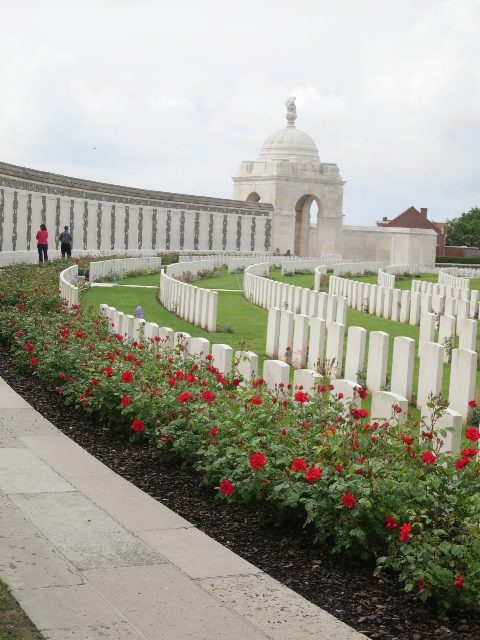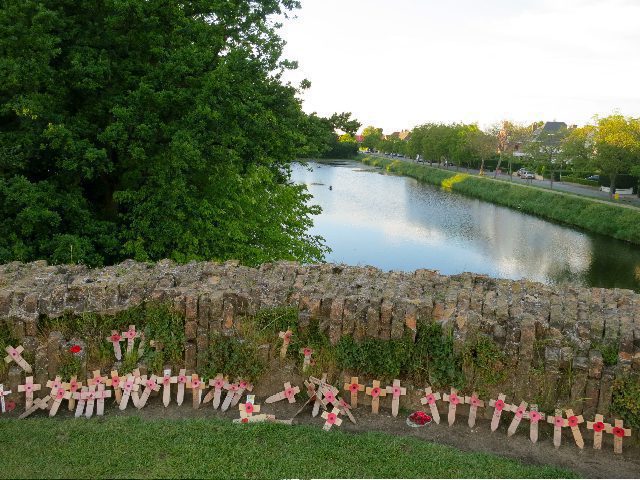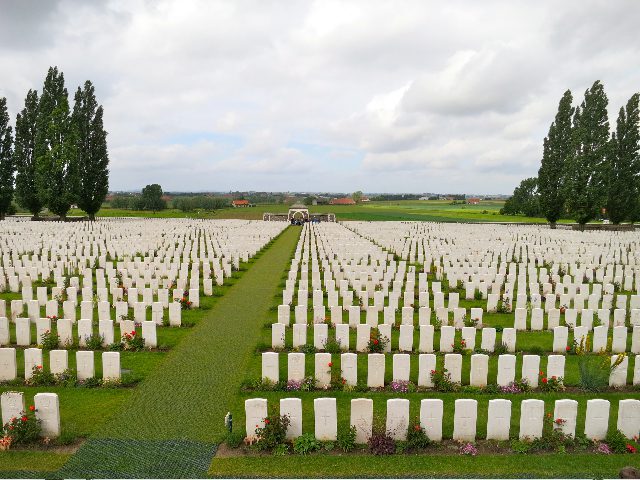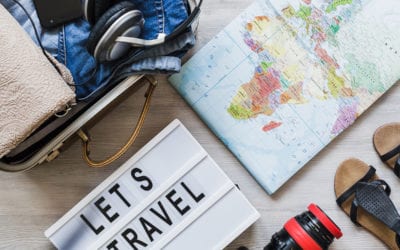Last updated on March 28th, 2024
Text and Photography by Evelyn Hannon
Originally published November 2014
When I was in grade school, all students were required to memorize the poem, ‘In Flanders Fields’ by John McCrae. At that time in the Fifties, to us youngsters they were simply words and we associated them only with the pretty ‘scarlet poppies’ that people wore on Remembrance Day.

In high school we were taught about The Great War (WW1) of 1914 – 1918. We learned the facts and memorized the dates for our exams but that was as far as the learning went. We were teenagers and not interested in knowing more.
Then in 2014, in commemoration of the Great War Centenary, I was invited to Flanders, Belgium to actually see Flanders Fields, the poppies, and thousands of soldiers graves as far as the eye could see. Now, with a heavy heart I understood the enormity of the senseless suffering and loss.


600,000 died in the First World War in Belgium. 550,000 fell in West Flanders. At least 300,000 are buried there. At least 200,000 are missing there.
More than one and a half million were injured. 50 nationalities and cultures were involved in this war. Boys as young as 15 lied about their age, enlisted and became fodder for the cannons. The unidentified dead had only the words ‘Known Un To God’ etched on to their grave stones.

Tyne Cot Museum (located 9 km from the centre of Ieper) is the largest Commonwealth War Graves cemetery in the world. It is also the most important reminder of the Battle of Passchendaele, 1917. All soldiers who died of their injuries were buried on this spot. Later, other Commonwealth dead were brought here to be beside their fallen brethren. The rear wall of this enormous cemetery is a poignant memorial to the thousands of missing. Website: www.passchendaele.be/eng/TynecotEN.html
Everywhere we traveled, there were the scarlet poppies as reminders. Some actually alive and growing on their own.


Some poppies were created by European school children who came to Flanders to be involved in a living history lesson.

Even the little ones were here on field trips and they listened patiently as their teachers explained about the battles and the many, many soldiers who died.

I visited the In Flanders Fields Museum in Ypres. Their permanent exhibition holds an immense amount of information. There are excellent films, computer programs, photos and hundreds of pieces of war memorabilia. Though I was there for close to two hours, it still wasn’t enough time to see everything. One leaves with a very heavy heart. Website: www.inflandersfields.be/en


At the Knowledge Centre of the In Flanders Fields Museum, I requested information about the women who served as nurses in The Great War. These are the books I was shown.



Every evening since 1928, the Last Post is played at 8 o’clock sharp under the Menin Gate Memorial in Ieper. This is the traditional final salute to the fallen performed by the buglers from the local fire brigade. By the time I arrived, hundreds of people were already assembled and waiting for the ceremony to begin. Website: www.lastpost.be



More From Evelyn Hannon
Mind Your Manners Around the World …
Whether you are travelling for business or pleasure it is more than important for guests to be culturally correct at the table. Here are sixteen tips to assist you in 16 different countries.
The Things Travel Writers Tell Each Other …
What do travel writers talk about when they get together? Travel, travel and more travel! . Here are some things we learned from them and now share with you.
Evelyn Hannon, JourneyWoman in the Spotlight: Media Coverage
Over the years JourneyWoman has been singled out by over 300 media sources around the world. Coverage has been in magazines, newspapers and cyberspace.






0 Comments
We always strive to use real photos from our own adventures, provided by the guest writer or from our personal travels. However, in some cases, due to photo quality, we must use stock photography. If you have any questions about the photography please let us know.
Disclaimer: We are so happy that you are checking out this page right now! We only recommend things that are suggested by our community, or through our own experience, that we believe will be helpful and practical for you. Some of our pages contain links, which means we’re part of an affiliate program for the product being mentioned. Should you decide to purchase a product using a link from on our site, JourneyWoman may earn a small commission from the retailer, which helps us maintain our beautiful website. JourneyWoman is an Amazon Associate and earns from qualifying purchases. Thank you!
We want to hear what you think about this article, and we welcome any updates or changes to improve it. You can comment below, or send an email to us at [email protected].